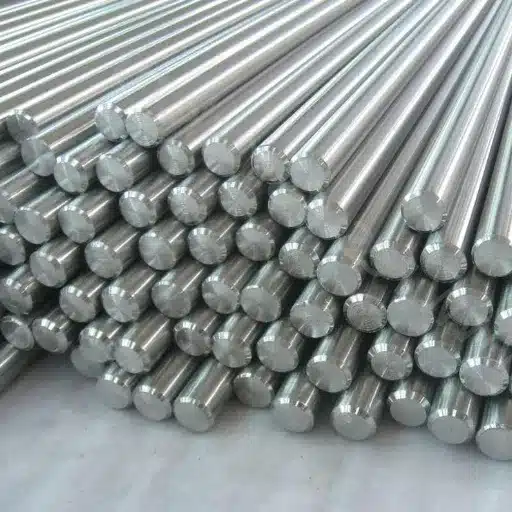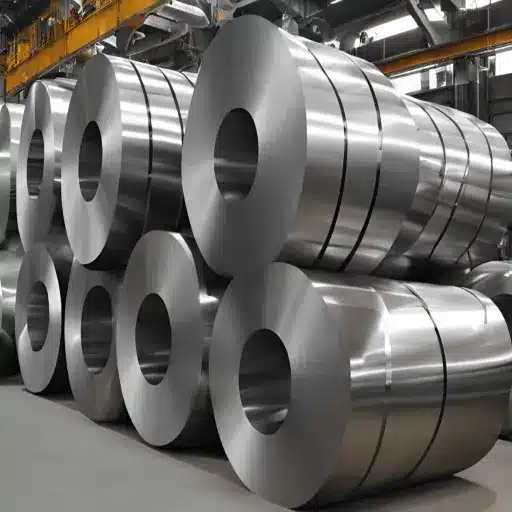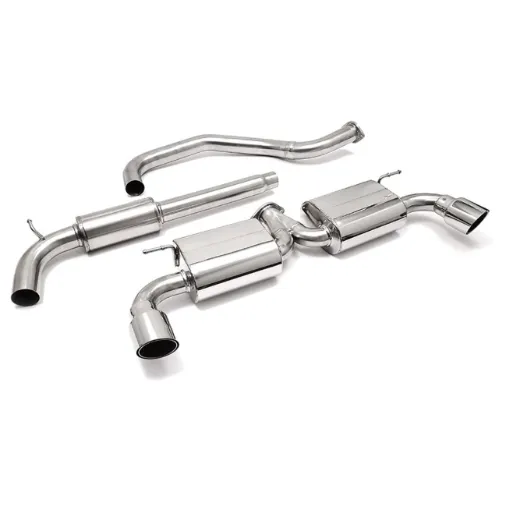Among the unalloyed carbon steels, ASTM A36 steel is indeed the most widely used structural steel grade across virtually all industries. The A36 standard was established by the American Society for Testing and Materials in 1960, and during that time world had not seen such a versatile structural material for construction, manufacturing, and engineering works as A36 steel. This steel’s weldability, machinability, and strength make it a reliable construction material and also make it competitive with other structural materials that emerged later on. This document is intended to shed light on the variety of feature aspects of A36 steel, such as its chemical composition, mechanical characteristics, and applications. Whether you are an engineer, contractor, or just an individual curious about steel and its properties, this is the go-to guide for all the information about ASTM A36 steel and its practical applications.
What is A36 steel, and why is it Widely Used?
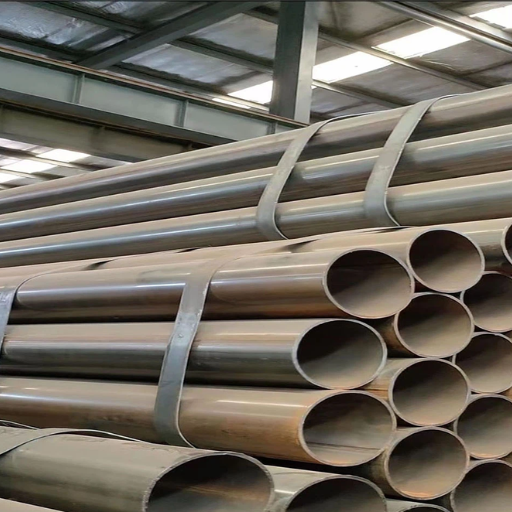
A36 steel is a frequently utilized carbon steel, famous for its great weldability, strength, and cost. A mild steel specification as defined by the ASTM (American Society for Testing and Materials), it mainly consists of iron with small quantities of carbon, manganese, and other elements. Its popularity comes from its common use in construction, fabrication, and industrial processes, resulting in its application for structural parts like beams, columns, and plates. The combination of strength, ease of machining, and cost makes this steel type preferred for many engineering and construction works.
Understanding the Basics of A36 Steel
The use of A36 steel has demonstrated, over time, great reliability owing to its considerable strength and workability. A36’s low carbon content results in it being easily machined and welded, which is favorable for working on different construction and engineering projects. Personally, I have found it particularly useful in the fabrication of structural components such as beams and plates, where a low cost without compromising performance is critical. Coupled with accuracy to ASTM standards, this makes A36 steel quite reliable for both large-scale operations and smaller projects.
Common Uses of astm a36 steel
Because of its strength and usefulness, ASTM A36 steel is one of the mosts frequently used in construction and engineering. It is commonly used in the manufacturing of machinery such as structural beams and columns; It is also used in the building of bridges, industrial tanks, and general metal works. It’s easy to machine and weld, which makes it very suitable for many projects without compronising quality and dependability.
Advantages of Using A36 Steel in Construction
Possessing expert knowledge in the industry allows me to point out that A36 steel offers great benefits towards construction projects. Compared to other materials, A36 steel possesses an outstanding strength-to-weight ratio, which not only ensures structural integrity but also keeps material costs favorable. It is also incredibly versatile because it has high machinability and weldability, which makes it ideal for a multitude of designs and applications. A36 steel is in high circulation, which increases project efficiency by reducing lead times. Moreover, the longevity of A36 steel provides endurance to harsh conditions, making it ideal for various construction projects, whether small-scale or large-scale.
How Does the Chemical Composition of ASTM A36 Affect Its Properties?
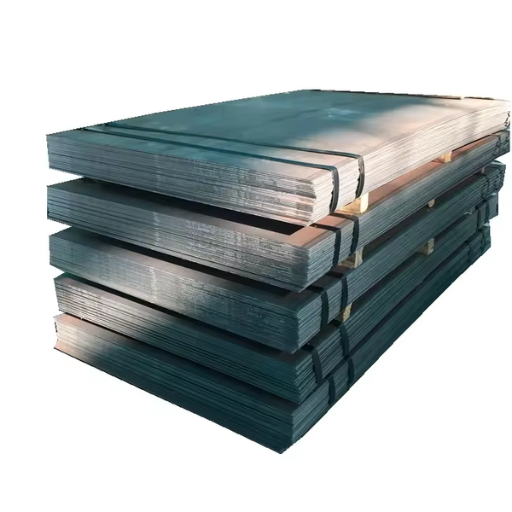
The A36’s features, including its strength, ductility, and weldability, are contingent on its chemical composition, which is A36’s core element. Its primary constituents are iron, carbon (1.3% max), and manganese (1.2% max). The resulting yield strength of 250 MPa combines appropriate hardness with considerable machinability and formability. The low carbon content also facilitates weldability, while other elements such as silicon and copper increase A36’s strength and toughness. This guarantees that A36 steel is multifunctional and dependable for numerous purposes.
Elements in A36 carbon steel
Absolutely, detail A36 carbon steel in a manner that is both straightforward and easy to understand. A36 low-carbon steel is utilized in several application fields owing to its broad range of useful properties, particularly because of its chemical composition. Its constituents, along with their respective functions, are:
- Iron (Fe): Iron serves as the main constituent for A36 steel and makes up the vast majority of its composition. It gives the steel its fundamental structure, which lends the steel its strength and flexibility.
- Carbon (C): The maximum allowable carbon content in A36 steel is 0.29%. This small quantity of carbon is useful because it makes the steel harder and stronger without making it excessively brittle, so it still remains ductile and weldable.
- Manganese (Mn): Manganese is usually present in concentrations of up to 1.20%. The addition of manganese improves the strength and hardness of steel and helps to reduce its brittleness. During the production of steel, manganese also serves as a deoxidizer.
- Silicon (Si): Silicon, which is found in small quantities, also has a positive impact on the strength and durability of the steel. It contributes to improved resistance against abrasion.
- Copper (Cu): Although present in small quantities, copper can aid in corrosion resistance, which is beneficial when the steel is exposed to moisture.
A36 carbon steel is characterized by an array of functionality for structural and engineering utilizes because of these factors. This perfectly balanced composition makes this material easy to machine, weld, and shape, which is why it’s so popular in the industry! If you have further questions, please do not hesitate to reach out!
Impact of chemical composition on steel properties
The constituents of steel affect its behavior and functionality and, in turn, the mechanical features of the steel. For example carbon affects hardness and tensile strength, while manganese increases toughness and wear resistance. Addition of silicon increases elasticity and small amounts of copper contribute to corrosion resistance. To achieve optimal performance of steel for its intended use, balanced composition is required to achieve an optimal combination of strength, ductility, and weldability.
What are the Mechanical Properties of ASTM A36?
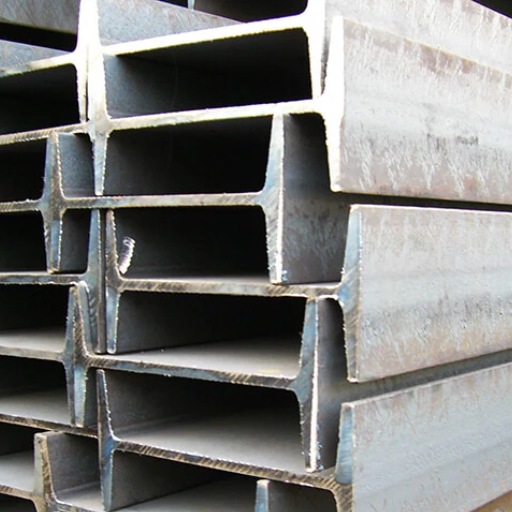
ASTM A36 is amongst the most versatile structural steels owing to its superb mechanical properties. Personally, I would summarize its most important features by highlighting a minimum yield strength of 36,000 psi, which guarantees reliable performance in substantial structural loads. Its tensile strength, for instance, is between 58,000 to 80,000 psi, allowing for significant durability against pulling forces. In addition, A36 is highly ductile, which means it is capable of withstanding considerable stress without fracturing; a property so crucial in construction and fabrication. Its excellent weldability and machinability make it flexible to different kinds of work effortlessly.
Examining yield strength and tensile strength
As for yield strength, it shows the material’s capacity to resist deformation while yielding a specific imposition of load. In simpler terms, its maximum value indicates the material’s ability to withstand stress before breaking. Comprehending balancing yield strength with the tensile strength, the material can be effectively utilized in construction as well as in manufacturing. Those traits are extremely important in materials such as ASTM A36 because they define the overall performance of a material within a particular load and the structural degradation the material would suffer when being used for different techniques.
Comparing mechanical properties with 1018 steel
I can state that each material possesses its own characteristics relevant to a particular use. A36, which is structural steel, is more desirable because of its weldability and strength, making it useful for construction purposes, such as bridges and buildings. Conversely, 1018 steel has lower carbon content and is more easily machined, resulting in a smoother steel than A36. A36 grade has a bit lower yield and tensile strength than 1018, but is better in regions where toughness and structural integrity are needed. The selection of either one out of the two steel grades is circumstantial—whether it is strength, machining capabilities, or aesthetics that are prioritized determines the answer.
Importance of minimum yield strength in Structural Applications
Minimum yield strength is of the utmost importance when it comes to structural applications, as it stipulates the maximum level of stress a material can endure without plastic deformation. The reality of meeting or exceeding the yield strength criteria is necessary to maintain the structural integrity, safety, and performance of the structure within the working parameters, particularly when under load. It has a direct correlation to the reliability and durability of structures in the construction, transportation, and aerospace industries.
How to Enhance the Strength and Durability of ASTM A36 Steel?
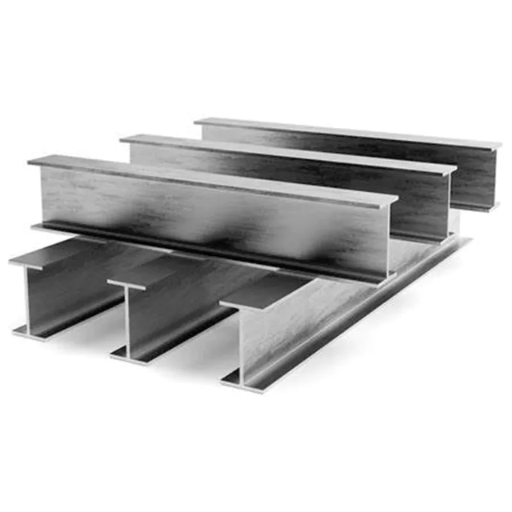
Optimizing the composition along with the purpose of use makes it easier to improve the durability and strength of A36 steel. From experience, heat treatment got its most enhancement through quenching and tempering, which resulted in increased hardness and toughness. Surface treatment, including case hardening and various forms of coating, serves as an additional way to improve resistance to corrosion and wear. For applications where increased strength is required without a significant impact on ductility, alloying steel with manganese, vanadium, or chromium proves useful. Proficient fabrication and welding of joints while controlling residual stress also contributes highly to the performance of steel in structural applications.
Methods for heat treatment of ASTM A36
While performing heat treatment of ASTM A36 steel, there are several methods we especially rely on to improve its features based on its intended use. My objective is to explain the primary methods to you.
- Annealing: Recovering ductility while lowering the hardness of the steel can be aided by the annealing process. The ASTM A36 steel is typically heated to a temperature range of 1550 – 1650°F (841-899°C). Once this temperature is achieved, the steel is held at that temperature and cooled down at a slower pace in a furnace. Now, the machining of the steel becomes easier.
- Normalizing: The cooling of the steel after getting it to a temperature of 1650-1700°F (899-927°C) enhances the toughness while the grain structure is refined. Steel is crucial requires uniformly strong mechanical properties, especially when used as a structural component.
- Hardening:The hardness and strength of A36 steel can be enhanced harder by a process known as hardening. This calls for heating the steel to approximately 1575-1675°F (863-917°C) followed by dipping in oil or water. It comes with a fair share of problems though, for example, the steel becoming brittle which is where tempering comes into play.
- Tempering: Steel gets more resilient and less brittle once it is quenched. Brittle steel can be tempered with gentler reheating around 500-1100°F (260-593°C). The steel should not be doused too quickly either, since that makes it lose all the benefits. To gain optimum relief, cool the steel off instead.
- Case Hardening: When there is a need for a hard surface but a tough core, a case hardening method is primarily useful. It involves processes such as carburizing and nitriding, which add carbon or nitrogen on the surface to form a hardened layer while leaving the inner structure unaffected.
Every method has unique parameters, and the decision is primarily based on your requirements for strength, toughness, or machinability. I am available if you require more information about how these issues could relate to a specific case.
Difference Between Hot-Rolled A36 and Cold-Rolled Steel
Hot-rolled A36 steel and cold-rolled steel differ significantly in the way they are processed as well as their corresponding properties. Hot-rolled A36 is manufactured at elevated temperatures, making it simpler to shape and form; however, due to the ease of deformation, it has a rougher surface finish and less accurate dimensions. Conversely, cold-rolled steel, after being worked at high temperatures, undergoes additional processes at room temperature to produce smoother surfaces, tighter tolerances, and enhanced strength due to work hardening. While A36 is primarily used in construction and structural work, cold-rolled steel is used in areas where the surface finish and dimensional accuracy are of higher quality.
What are the Typical Applications of ASTM A36 Steel?
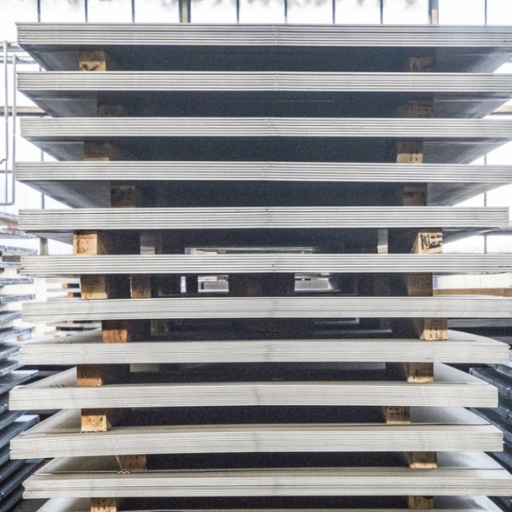
In the construction and manufacturing sectors, steel A36 is one of the most common and versatile materials available. In my experience, A36 is most popularly preferred for structural parts like beams, columns, and braces because of their weldability and adequate strength. It is also put into service extensively for plates and bars for bridges, buildings, and other construction works. Other than construction, durability with economic value makes A36 steel applicable in the manufacturing of tools, equipment, and agricultural machines. Its remarkable performance combined with cost-effectiveness makes it a favorable choice in fulfilling a wide variety of projects.
Exploring structural applications
Because of its outstanding strength and weldability, A36 steel is commonly used in the construction of buildings, bridges, and even support structures. Its flexibility is optimal, enabling its use in load-bearing parts like beams, columns, and gussets to ensure enduring stability and durability during different projects. Furthermore, its economic value enables extensive use without loss of quality performance, making A36 steel a trustworthy material in both small and large structural developments.
Why astm a36 steel is Ideal for Building Structures
I have observed that ASTM A36 steel is an outstanding material for construction because it is dependable and flexible. Its great strength to weight ratio guarantees efficiency and performance at all levels and is fundamental for any size undertaking. It is also easy to weld and machine, which helps in getting the work done in record time and improves quality during construction. There is also the fact that it works superbly well for framing, supports, and bridges, offering reliability and durability, which earns its trustworthy reputation over and over again.
Comparing a36 and a572 in Various Industries
The properties of both ASTM A36 and A572 steels make them popular materials to use in various industries. Due to its low cost, easy fabrication, and effectiveness in non-critical structural systems, A36 is commonly used for general construction applications. Conversely, A572 is more suitable for harsher users, such as the construction of bridges, framework for heavy machinery, and high-strength support applications, due to its superior strength and superior stress resistance. Which steel to use from the two is a decision to be made on project objectives and is a balance of strength, cost, and application-specific requirements.
Reference
- ASTM A36 Mild/Low Carbon Steel – AZoM
- ASTM A36 Steel Material Properties – Amardeep Steel
- A36 Steel: Properties, Applications, and Market Insights – Ryerson
Frequently Asked Questions (FAQs)
Q: What are the properties of A36 steel?
A: ASTM A36 steel is a low-carbon steel with high strength and good impact strength at room temperature. Its properties make it suitable for various structural applications, including bridges and buildings.
Q: What are the mechanical and physical properties of ASTM A36?
A: The mechanical properties of A36 steel include a lower yield strength of 36,000 psi and a tensile strength of 58,000-80,000 psi. Its physical properties include a density of 7.85 g/cm³, making it a durable and strong option for construction.
Q: How does A36 steel compare to other steel grades?
A: Compared to other steel grades, A36 steel is less expensive and easier to machine due to its lower carbon content. However, it has a lower yield strength compared to high-strength alloy steels.
Q: What is the composition of ASTM A36 steel?
A: ASTM A36 steel is primarily composed of iron, with a carbon content of up to 0.29%, and may contain traces of manganese, sulfur, phosphorus, and silicon. This composition gives A36 steel its distinct properties.
Q: What are the advantages of using A36 steel?
A: The advantages of A36 steel include its affordability, machinability, and versatility. It is ideal for structural applications where high tensile strength and good impact resistance are required.
Q: What are the uses of A36 steel?
A36 steel is used in a variety of structural applications, including the construction of bridges, buildings, and oil rigs. It is also used in the manufacturing of industrial equipment and machinery.
Q: What type of steel is ASTM A36?
A: ASTM A36 is a type of low-carbon steel that is hot-rolled. It is known for its excellent weldability and can be heat-treated to harden its surface.
Q: How does the machining of ASTM A36 steel work?
A: The machining of ASTM A36 steel is straightforward due to its low carbon content. It can be cut, drilled, and welded with ease, making it a popular choice for industrial fabrications.
Q: Are there different types of steel similar to A36?
A: Yes, there are different types of steel that are similar to A36, such as ASTM A992 and ASTM A572. These are also low carbon steels but with slightly different properties that may offer higher strength or better performance under specific conditions.
Q: Can A36 steel be used in cold-drawn applications?
A: While A36 steel is typically used as hot-rolled steel, it can be cold-drawn to improve its surface finish and dimensional accuracy. However, cold-drawn A36 may not have the same toughness as when it is hot-rolled.


